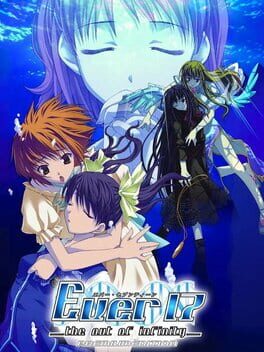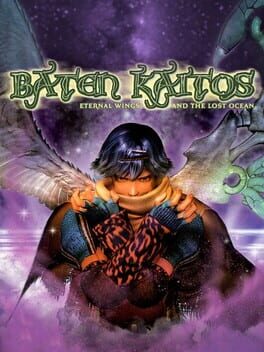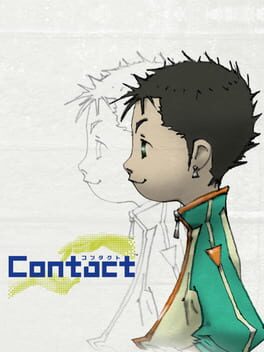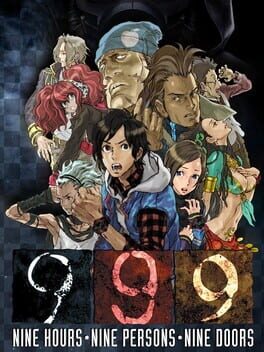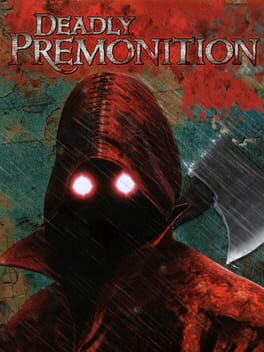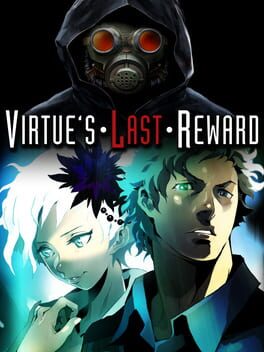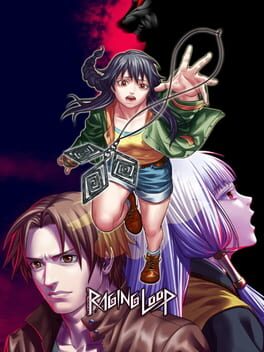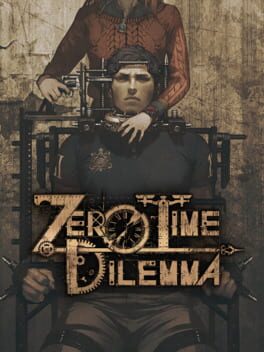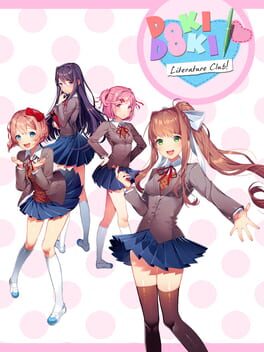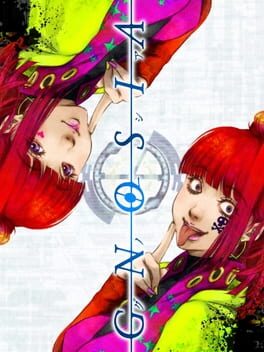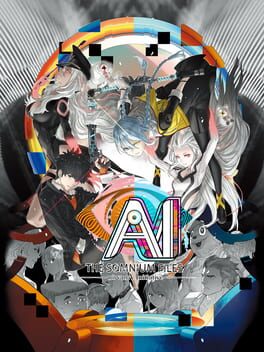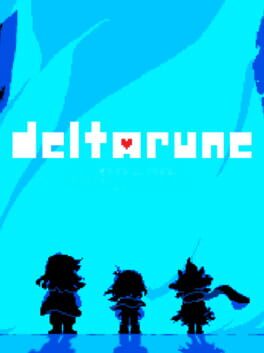Player vs PC
In most games, the relationship between the player and player character is presumed to be 1:1. The PC represents the player in the game world, and/or the player's choices are determining the PC's actions. These games complicate the player-PC relationship by adding a level of removal or metafiction. Spoiler warning as in many of these games this is a plot twist.
Type A: The characters are aware of the player as a sort of extra-game-world entity.
Type B: The player is not literally an entity in the game world, but the relationship between the player and PC deliberately mirrors a metaphysical process happening in the game (e.g. possession or time travel).
Type C: The player assumes they are playing as the main character, but actually they are playing as a different character (may overlap with Type B).
Type A: The characters are aware of the player as a sort of extra-game-world entity.
Type B: The player is not literally an entity in the game world, but the relationship between the player and PC deliberately mirrors a metaphysical process happening in the game (e.g. possession or time travel).
Type C: The player assumes they are playing as the main character, but actually they are playing as a different character (may overlap with Type B).
17 Games
